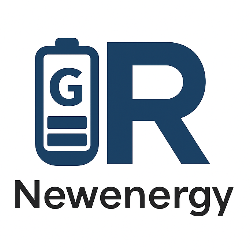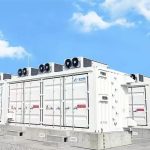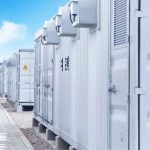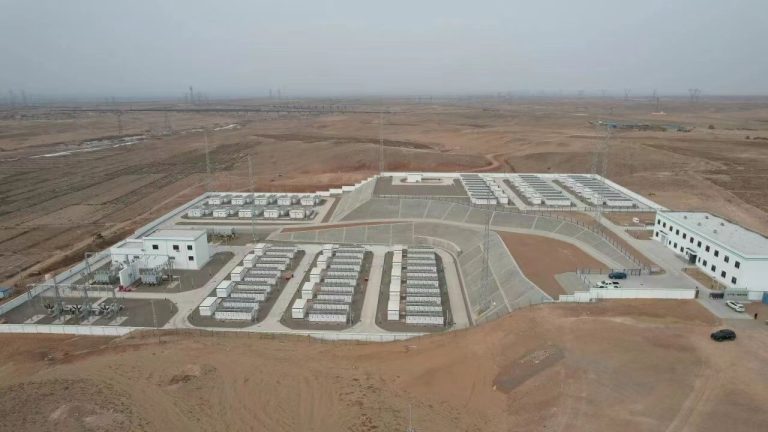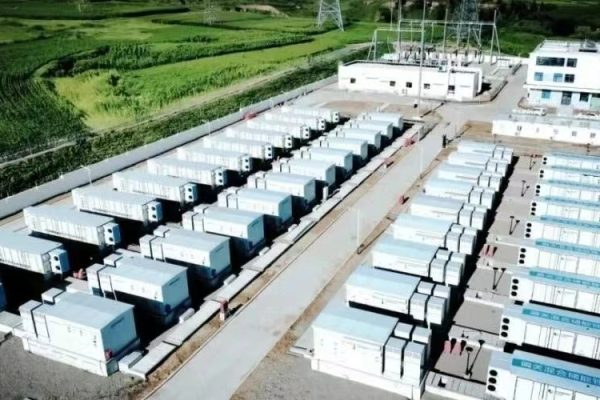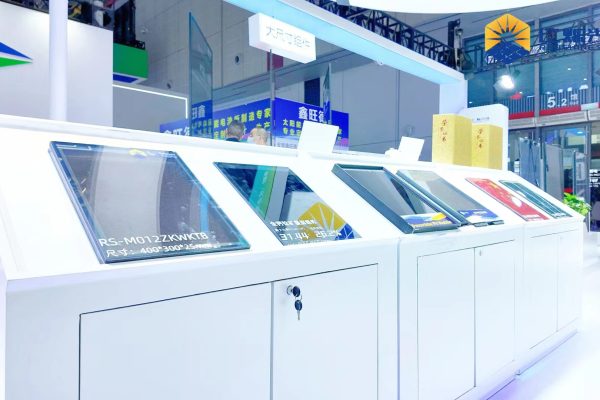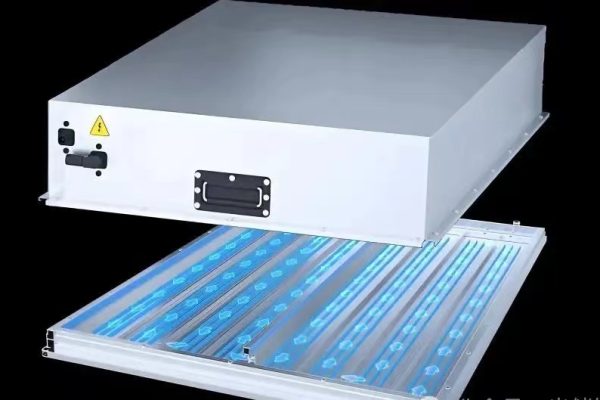The energy storage and renewable energy industry is built on volatile raw materials. Lithium, cobalt, nickel, graphite, and vanadium are the backbone of battery energy storage systems (BESS). Yet, their prices often swing sharply due to demand surges, supply disruptions, and geopolitical shifts.
For suppliers, this creates a major challenge: how to price storage systems when material costs are rising. Raise prices too aggressively, and you risk losing buyers. Absorb too much cost, and you damage profitability. The right pricing strategy balances competitiveness, transparency, and long-term buyer relationships.
This article explores practical strategies for suppliers facing material cost increases in the BESS and renewable energy sector.
Why Material Cost Increases Are Unavoidable
- Lithium carbonate prices quadrupled between 2020–2022 due to EV demand.
- Cobalt is highly concentrated in the Democratic Republic of Congo, subject to supply risks.
- Nickel prices spiked in 2022 due to global market speculation.
- Vanadium prices rise and fall with steel industry demand.
Buyers know these realities. What matters is how you explain and manage pricing during such increases.
Common Buyer Concerns During Cost Increases
- “Why did your quotation increase compared to last quarter?”
- “How can I plan ROI if prices keep changing?”
- “Other suppliers offer lower prices—are you overcharging us?”
- “Will prices fall again soon?”
A well-designed pricing strategy addresses these concerns directly.
Core Pricing Strategies for Suppliers
1. Transparent Cost Breakdown
Instead of giving buyers a flat price increase, explain where the cost comes from.
Example:
- Lithium carbonate increase = +7% system cost
- Logistics surcharge = +2%
- Other materials (steel, copper) = +1%
This builds credibility and shows you’re not arbitrarily inflating prices.
2. Shorter Quotation Validity
When raw material prices are volatile, avoid long fixed-price commitments.
- Offer 30–60 day quotation validity instead of 6 months.
- Explain to buyers that this protects both sides from unrealistic cost assumptions.
3. Introduce Price Adjustment Clauses (PACs)
- Link pricing to recognized indexes (e.g., Fastmarkets lithium index, LME nickel).
- Apply thresholds (e.g., ±10%) before adjustments occur.
- Cap adjustments to reassure buyers.
This keeps contracts flexible while sharing risk fairly.
4. Offer Tiered Pricing Options
Give buyers choices:
- Option A: Fixed price for short-term delivery (higher upfront cost, less risk).
- Option B: Adjustable price for long-term delivery (lower upfront, but subject to market).
Buyers appreciate flexibility and risk-sharing.
5. Leverage Technology Alternatives
- Position LFP batteries as less exposed to cobalt/nickel volatility.
- Highlight vanadium flow batteries for long-duration applications (though sensitive to vanadium).
- Explore sodium-ion as an emerging lower-cost option.
By offering alternatives, you demonstrate adaptability.
6. Communicate Value Beyond Price
Remind buyers that cost is not the only factor:
- Proven safety certifications (UL 9540, IEC 62619)
- Reliable delivery schedules
- Long-term after-sales support and warranties
- Predictable O&M costs
A slightly higher upfront cost may be justified by stronger lifetime value.
How to Explain Price Increases to Buyers
Instead of saying:
❌ “Our costs went up, so prices increased.”
Say:
✅ “Lithium carbonate prices increased by 25% in the past six months. For your 10MWh project, this adds about 4% to total system cost. We’ve minimized the impact by multi-sourcing and locking production slots, but some adjustment is unavoidable.”
This combines data + project-specific impact + reassurance.
Communication Tools to Support Pricing Strategy
- Infographics: Show raw material price trends and their share in total system cost.
- Case Studies: Highlight projects delivered on time despite cost fluctuations.
- LinkedIn Posts: Educate the market about cost dynamics transparently.
- Proposal Inserts: Add a one-page “Cost Stability Statement” to every quotation.
Mistakes to Avoid
- ❌ Hiding behind excuses: Buyers value honesty over vague claims.
- ❌ Overpromising fixed prices: Dangerous in volatile markets.
- ❌ Focusing only on cost: Forgetting to highlight reliability, service, and ROI weakens your position.
- ❌ Delaying bad news: Inform buyers early about market-driven changes.
Example: Cost Stability Statement for Quotations
Cost Stability Commitment
The global lithium market has experienced a 20% increase in the past six months. For your 5MWh system, this translates into a 3% cost adjustment compared to our Q1 quotation. We have absorbed part of the increase through efficiency measures and multi-sourcing. This ensures stable delivery while maintaining system reliability and warranty coverage.
In the energy storage and renewable energy industry, material cost increases are inevitable. Buyers know the markets are volatile—but they judge suppliers on how well they manage and communicate these challenges.
The best pricing strategies combine:
- Transparency (clear breakdowns and market data)
- Flexibility (shorter validity, PACs, tiered pricing)
- Value positioning (safety, reliability, lifetime ROI)
Suppliers who adopt these practices not only survive volatile markets, but also strengthen trust and secure long-term buyer relationships.
In times of rising costs, the companies that communicate clearly and price strategically will remain the preferred partners for global BESS projects.
